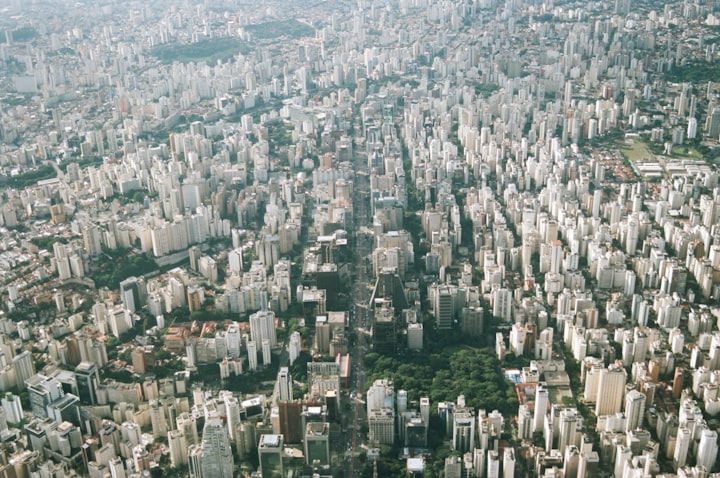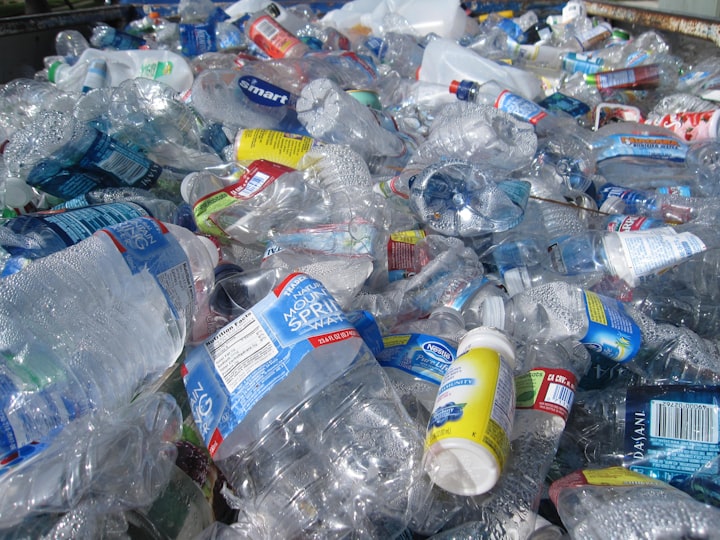Pollution Due To Urbanization
Pollution Due To Urbanization

The openness of the proposed concentration of pollutants such as nitrogen dioxide (NO 2), carbon monoxide (CO) and particles less than 25 micrometers in diameter can cause DNA methylation in CPG areas in safe cells and increase the risk of asthma in children. Studies have shown a positive relationship between FoxP3 methylation and adolescent exposure to nitrogen dioxide and PM 2.5. Show Sources
The full exposure of metropolitan communities to air pollution is important to the people of Chongqing, and the Air Pollution Balance Sheet (SKP) has shown an increase in the arrival of Cd and TL contaminated PM. The degree of exposure to significant degrees of air pollution has had long-term effects on FOXP3 extraction. Show Sources
Air pollution is increasing due to increased use of cooling and developing people in metropolitan areas. Energy demand in urban areas is increasing, and to meet this, additional energy plants are polluting the air. The use of cars and businesses and newly built plants also pollute the air continuously. Show Sources
Unsustainable air and water quality, insufficient access to water, problems with waste management and high energy consumption are exacerbated by increasing population size and climate applications for the big city. The development of metropolitan areas encourages a significant need, and local governments are unable to provide basic services to individuals. Show Sources
The general cost of basic necessities in metropolitan areas, combined with unintended and alarming development, unemployment, and the expansion of seriously ill residents and settlements (targeted by ghetto and residents). Overcrowding is relied upon by overcrowding, and its perceptions are constantly increasing as more people, especially immigrants, move to urban areas and to networks that seek a better life. Most provinces and the poorest provinces are urged to relocate to urban communities, preventing restrictions in smaller districts. Show Sources
The slow pace of big cities is driven by the people of the country, who need the benefits offered by metropolitan regions. This includes better freedom of training, medical care and treatment as diversion. Show Sources
According to the Department of Economic and Social Affairs, by 2050, half of the population will live in urban communities and 66% of the population will live in metropolitan areas. Most people are moving to urban areas as they see rustic as a place of necessity and the opposite, and dirty lifestyles. Show Sources
Urban migration is a term referring to developing people in metropolitan areas and declining population in the country's districts. This has encouraged packing with large numbers of people living in restricted areas. Urban migration adds to the development of land use, business property, social and financial assistance offices, transport and accommodation. Show Sources
Since the beginning of the Industrial Revolution people have been gathering in the metropolitan areas. Since 2005 most of the United States has been living in urban areas (Cohen 2006), and there are 28 megacities that appear to be those with a population of over 10 million. This type of closure in metropolitan areas is accompanied by overcrowding and a growing perception as ever-increasing population, especially migrants, migrants and urban communities in search of a better life and other business openness. Future population growth will take place in these metropolitan areas (United Nations 2014). Show Sources
Air pollution can harm the well-being of urban migration. Besides, the link between urban living and welfare at the global level and the work of air pollution have not been explored around. Our aim is to research the impact of urban migration on global welfare and air pollution work. Show Sources
Air pollution in urban communities like Beijing has shifted from light brown air to photochemical pollution. The rapid development of automobiles in Beijing and other urban sprawl communities has encouraged higher chemical O-3 production and higher future O-3 concentrations. With the growth of cities, communities and the changing currency of events and the development of the best distance travel, pollution has become a priority in urban areas trying to improve air quality. Show Sources
With the advent of the Great Acceleration in the mid-1950s, the emergence of massive pollutants changed climate change and destroyed air quality at global, local and local levels, and air pollution in various urban communities grew exponentially (Dyess et al., 2004). Despite the achievement of air quality policies and guidelines, emissions from such sources as automotive, energy age and mechanical facilities have created real air pollution far and wide in North America and Europe. Show Sources
The tradition of mechanized urban migration in the United Kingdom dates back to the Industrial Revolution and into the 10th century when Britain was experiencing a period of rapid growth. Show Sources
In low- and middle-income countries, many variables add to the high number of asthma victims. Various sources of chaos, for example, traffic jams, amplifiers and other unwanted items create a number of medical conditions. Various elements include the decomposition of synthetic materials and other harmful gases that pollute the air. Show Sources
It is very difficult the scope of work that adds to the pollution through urban living. Another piece of urbanization is the expansion of roads, which means more cars, transportation, bicycles, three-wheeled bicycles and trucks. These cars add to the clamor dist





Comments
There are no comments for this story
Be the first to respond and start the conversation.